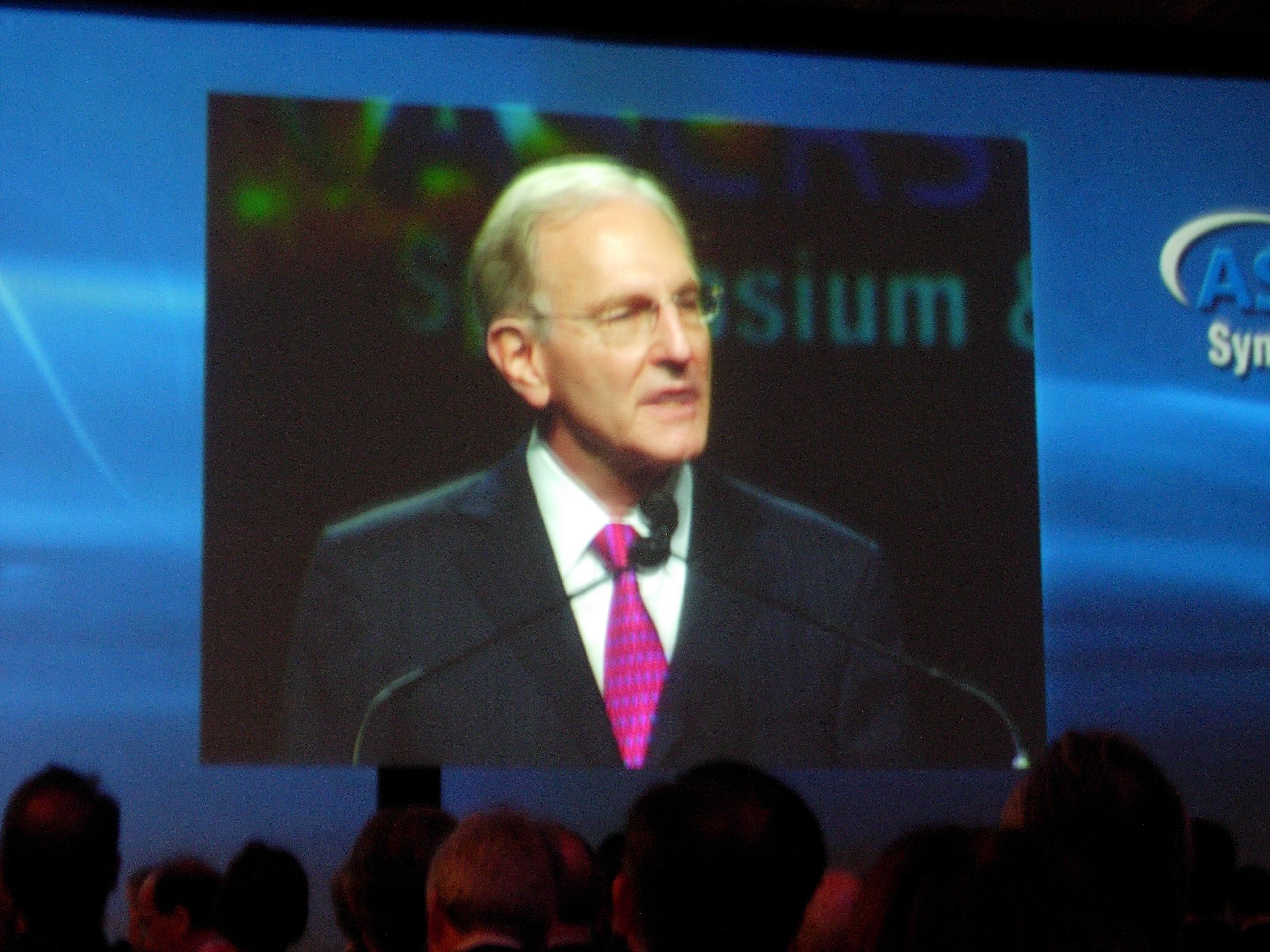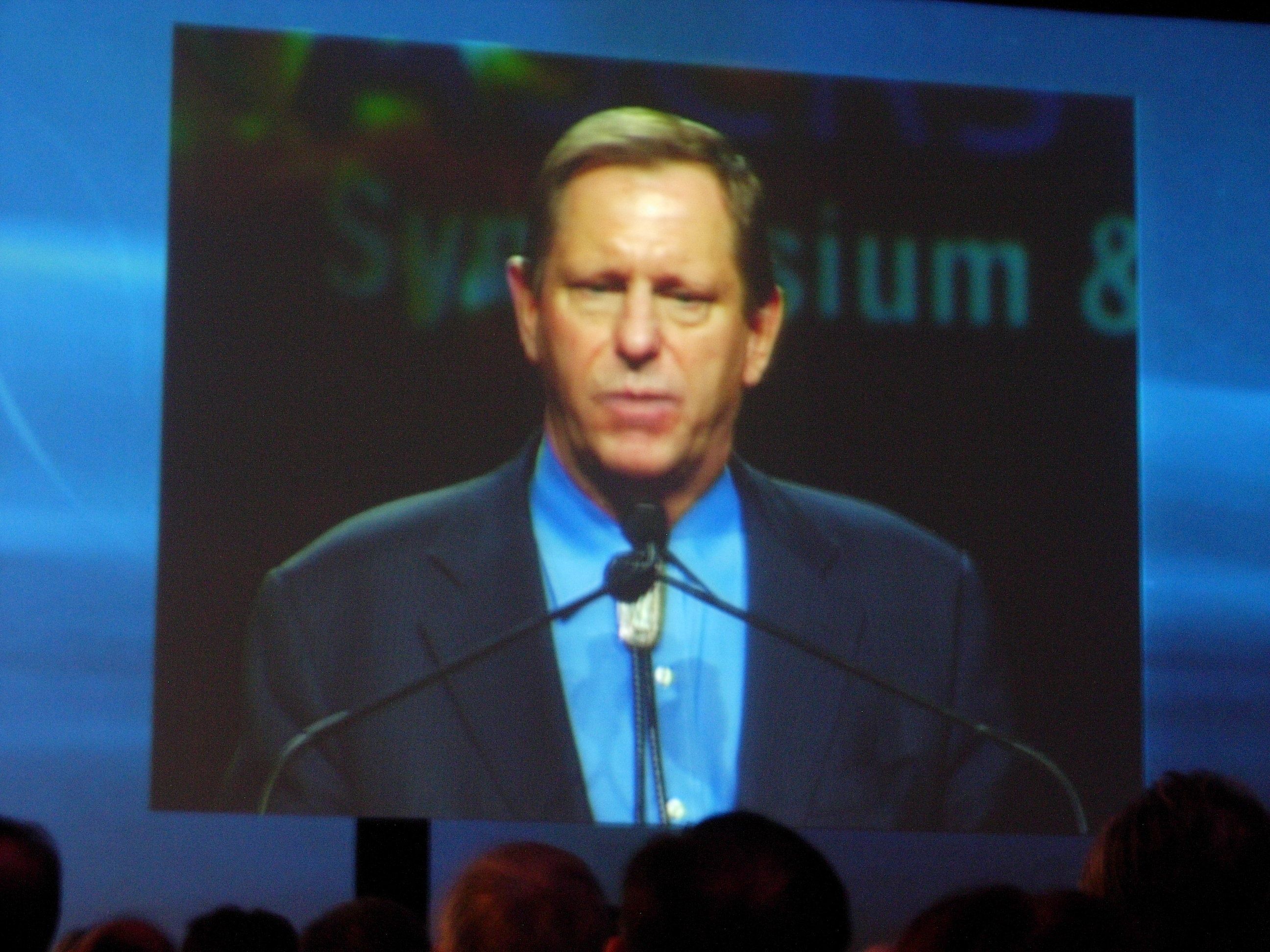Article
ASCRS pledges to forge ahead despite difficult economic times
San Francisco-At the opening general session, Bradford J. Shingleton, MD, summarized the activities and accomplishments of the American Society of Cataract and Refractive Surgery (ASCRS) during his 1-year tenure as president of the organization.
San Francisco-At the opening general session, Bradford J. Shingleton, MD, summarized the activities and accomplishments of the American Society of Cataract and Refractive Surgery (ASCRS) during his 1-year tenure as president of the organization. He focused on three areas: education, participation, and advocacy.

Dr. Shingleton
Education
"A primary focus on education continues to be the jewel of ASCRS, basically our annual symposium," said Dr. Shingleton, glaucoma and cataract specialist, Ophthalmic Consultants of Boston. "Last year’s meeting was the largest ever and this year’s attendance is remarkably strong, with over 6,000 people in attendance."
He also said the society’s clinical committees have played a "key role" in helping direct the educational offerings at all of the meetings held throughout the year, and he cited the glaucoma committee, in particular, as an example. Reay Brown, MD, the committee chairperson, brought ASCRS into an international leadership position in glaucoma education, according to Dr. Shingleton. The committee formed a liaison with the American Glaucoma Society (AGS) and produced the first symposium on evidence-based medicine in glaucoma, which was presented at the AGS meeting in March. The ASCRS also will be represented at the World Glaucoma Congress in Boston in July.
These and other initiatives help "the typical ASCRS member-you, the comprehensive cataract/refractive surgeon who still has to deal with glaucoma on a daily basis-because everything you need to know about glaucoma is now found right here in our society, thanks to the work of" the glaucoma committee, he said.
Participation
Membership for ASCRS and the American Society of Ophthalmic Administrators (ASOA) has increased, despite the challenging economic times, Dr. Shingleton said, adding that the ASOA set a record this year with more than 2,000 members. In addition, because of member participation, the ASCRS Foundation has reached almost $5 million in terms of its contributions, and the political action committee, eyePAC, reached its highest contribution level ever, he said, which is critical for maximizing impact on Capitol Hill.
Advocacy
Dr. Shingleton commended Priscilla Arnold, MD, for her role as chairperson of the government relations committee, which he said has "propelled the ASCRS into a leadership role of the alliance of specialty medicine."
"We’ve taken a proactive position in repealing the sustainable growth rate formula and establishment of a baseline for a physician payment system," he continued. "In addition, we are fighting to ensure that the cost of initial payments from primary care do not come from allocation for the surgical specialties."
The committee also is working on a plan for the implementation of health information technology, especially because the government is pursuing an aggressive timetable on the issue, according to Dr. Shingleton, who added that the costs associated with the implementation are "significant and represent a real burden for physicians."
Because of the work of talented and committed individuals, these and other initiatives have been put in place, he said, and it has been done in a tumultuous environment, which required the society to adapt quickly and in a fiscally responsible manner.
Alan S. Crandall, MD, incoming ASCRS president, also talked about the impact of the economic state and what must be done to counteract its effects.
"To meet the challenges posed by this environment, it will require our vigilance, our adaptability, and our participation," said Dr. Crandall, senior vice chairman and professor of ophthalmology and visual sciences, University of Utah School of Medicine, Salt Lake City.
During his speech, he encouraged ophthalmologists to participate in the effort in one or several ways, including participating with industry, donating to eyePAC, and developing a relationship with local government representatives. Dr. Crandall also urged participation in international charity work in developing countries.
"When you cure the blindness of one man, woman, or child, you liberate at least two people-the patient and his/her caregiver," he said.
In closing, Dr. Crandall said that he pledges his commitment and energy in dealing with the challenges this year holds.

Dr. Crandall





